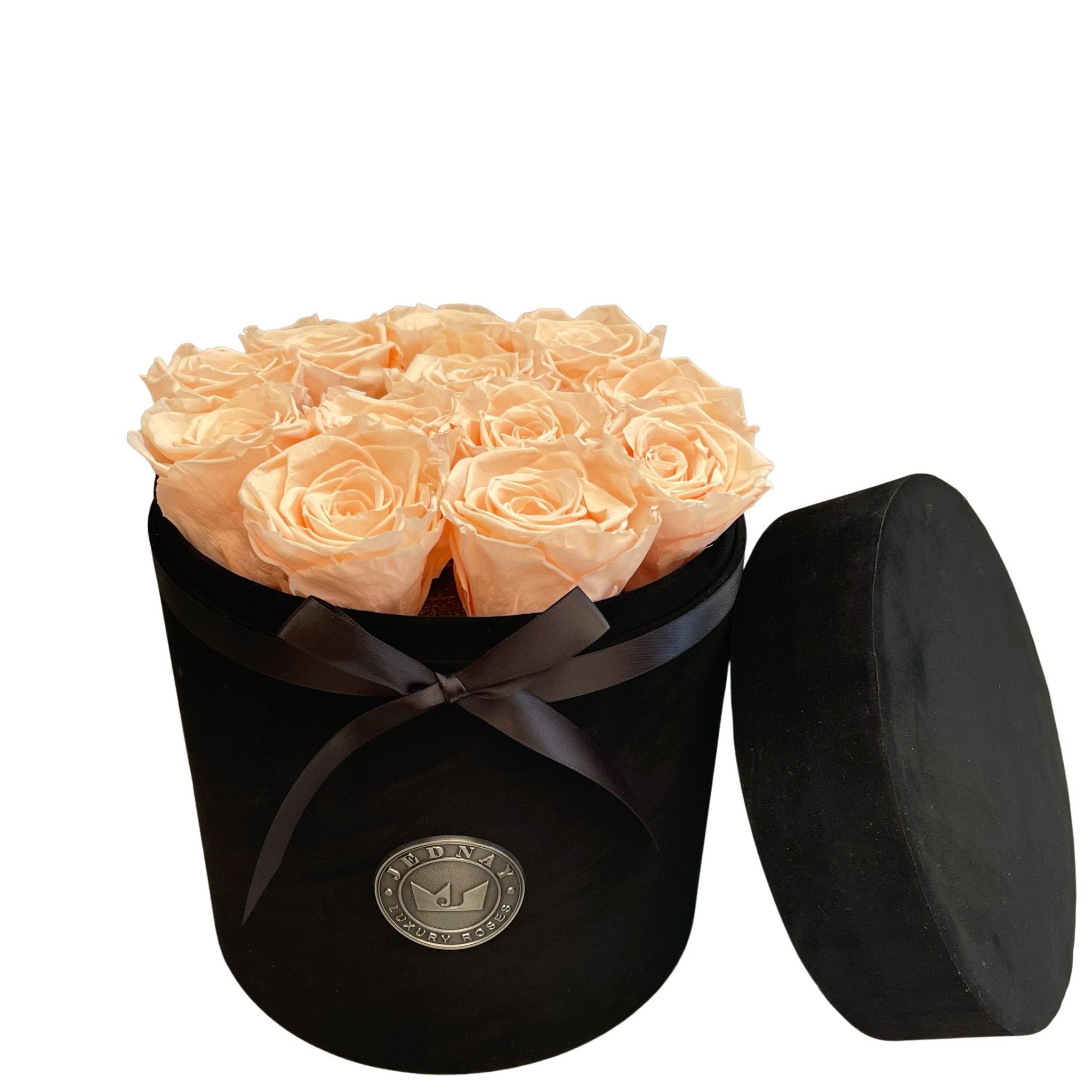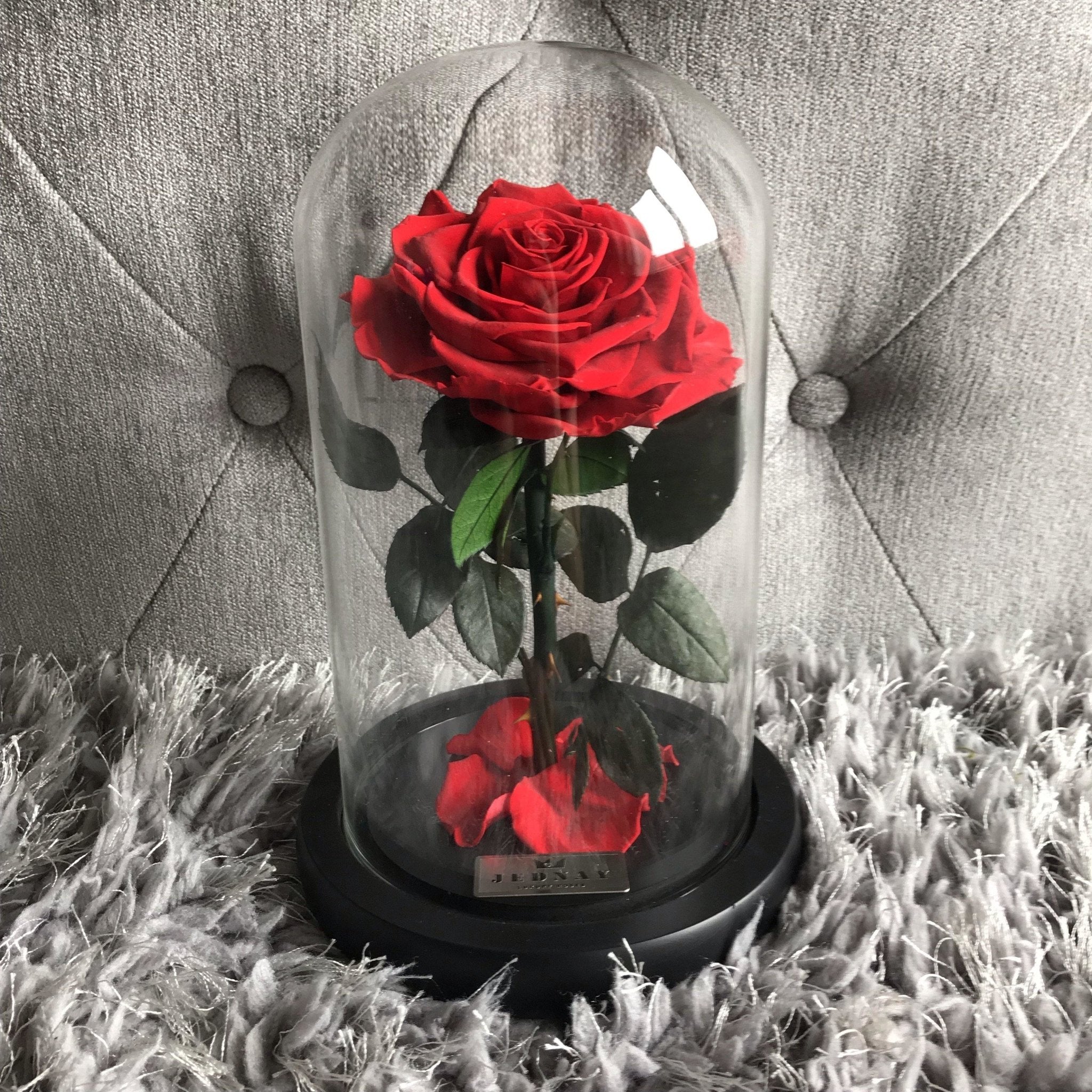
Why Roses Are At The Centre Of A Tale As Old As Time
When looking at the elegant beauty of a set of infinity roses, they can look like something that was plucked straight from a fairy tale.
One of the first tales that comes to mind is the enchanted rose from The Beauty and the Beast, especially the one depicted in the 1991 Disney animated adaptation.
However, despite being a tale as old as time and one so closely connected to roses, exactly what the beautiful flower means within the story has changed a lot over its dozens of retellings and adaptations.
In the 1991 Disney adaptation, which is the most famous of the many retellings of the Beauty and the Beast Story, the rose is at the centre of the plot, as it is at the centre of the curse placed on The Beast and his servants, who have been turned into an array of enchanted household objects.
To break the curse, he needs to learn to love and be loved before the last petal plucks itself from the stem, leaving only the thorns.
It is a powerful image. However, this is not the only meaning the rose has had in what has become one of the most popularly retold and adapted folk tales in history.
In the oldest-known and most famous written version, La Belle et la Bête by Gabrielle-Suzanne Barbot de Villeneuve, the story was similar in a lot of ways except in the depiction of the rose itself.
In the original story, Beauty is asked by her merchant father what present she wants him to bring back, and after initially not wanting anything but his safety, asks for a rose because none grow where they currently live.
This is in contrast to her sisters who ask for expensive finery, highlighting her priorities compared to theirs, as well as inadvertently causing her destiny to intertwine with the Beast’s.



